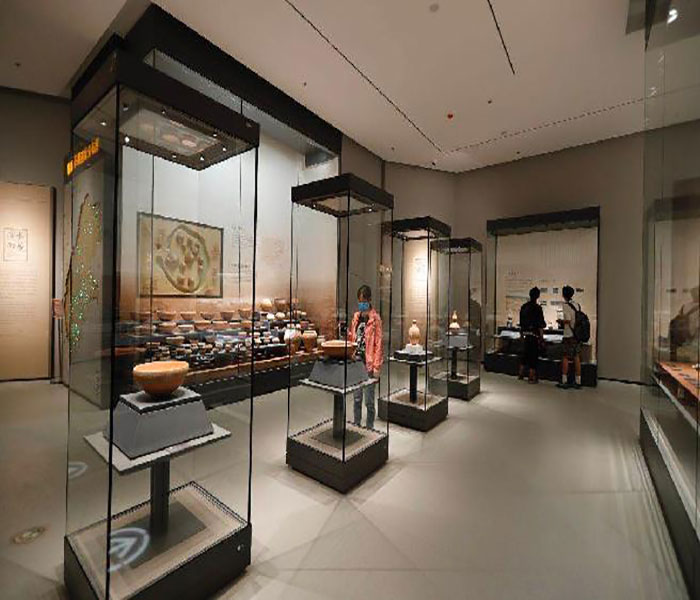Fine art exhibitions are a bridge between art and the audience, and how to enhance the quality of this experience so that the audience can appreciate the details and flavor of the artwork more deeply is a subject that curators and art museum technical teams are constantly exploring. In this process, low-reflective framed glass has become an indispensable material for art exhibitions due to its unique properties. It not only protects the artworks from external influences, but more importantly, it greatly improves the quality of the viewing experience. This paper explores the important role of low-reflective picture frame glass in fine art exhibitions and its innovative contribution to the visual experience.
I. Understanding the Characteristics of Low-Reflection Framed Glass
Low-reflective picture frame glass is a special glass that reduces light reflection by coating one or more layers of anti-reflective film on the glass surface, thus enhancing the ** effect. This glass effectively reduces the reflectivity of light at certain angles, reducing glare and shadows in the image, and allowing the viewer to see the original colors and details of the artwork more clearly. At the same time, low-reflective glass usually also has the function of filtering ultraviolet rays, to protect the artwork from long-term exposure to the harmful spectrum of fading and degradation that may result.
Enhance the viewing quality of art exhibitions
In fine art exhibitions, lighting design is crucial to the display of artworks. However, ordinary glass is prone to reflections, which can interfere with the viewer's vision, especially in bright environments or when viewed from a specific angle. The use of low-reflection picture frame glass effectively solves this problem. It enhances the overall artistic enjoyment by minimizing reflections and ensuring that the viewer can get the desirable out of the artwork regardless of the angle from which it is viewed.
Third, protect the integrity of the artwork
The protection of artwork is an important consideration in fine art exhibitions. Low-reflective framed glass not only provides a clear visual effect but also serves as a physical protective layer. Its hardness and stability can withstand external scratches and impacts, protecting the artwork from damage. In addition, its anti-ultraviolet properties can prevent the harmful spectrum of paintings, prolonging the preservation time of the artwork.

Fourth, improve the aesthetics of the display environment
In art exhibitions, the aesthetics of the display environment is equally important. Low-reflective framing glass can make the display environment more tidy and professional due to its desirable light transmission and reduced reflective characteristics. Without annoying glare and shadows, viewers can focus more on the artwork itself rather than being distracted by surrounding distractions.
V. Meeting the challenges of different lighting conditions
Lighting conditions for art exhibitions vary greatly, and low-reflective framed glass can adapt to a variety of lighting environments. Whether it is natural light or artificial light source, it can provide a consistent viewing experience. This is especially important for traveling exhibitions that need to be displayed under different lighting conditions.
Promoting Sustainable Display Practices
As sustainability has become a global consensus, how to protect artworks while achieving environmental protection has also become an issue for fine art exhibitions to consider. The use of low-reflective picture frame glass not only provides long-term protection for artworks, reduces repair and replacement due to damage, but also avoids over-consumption of resources.
Conclusion
In summary, low-reflective picture frame glass plays a multifaceted and important role in art exhibitions. It not only enhances the audience's visual experience and protects the safety of artworks, but also enhances the aesthetics of the display environment and adapts to different lighting conditions. With the advancement of technology and the practice of sustainable development, the application of low-reflective picture frame glass will continue to expand, bringing more exciting possibilities for fine art exhibitions.





